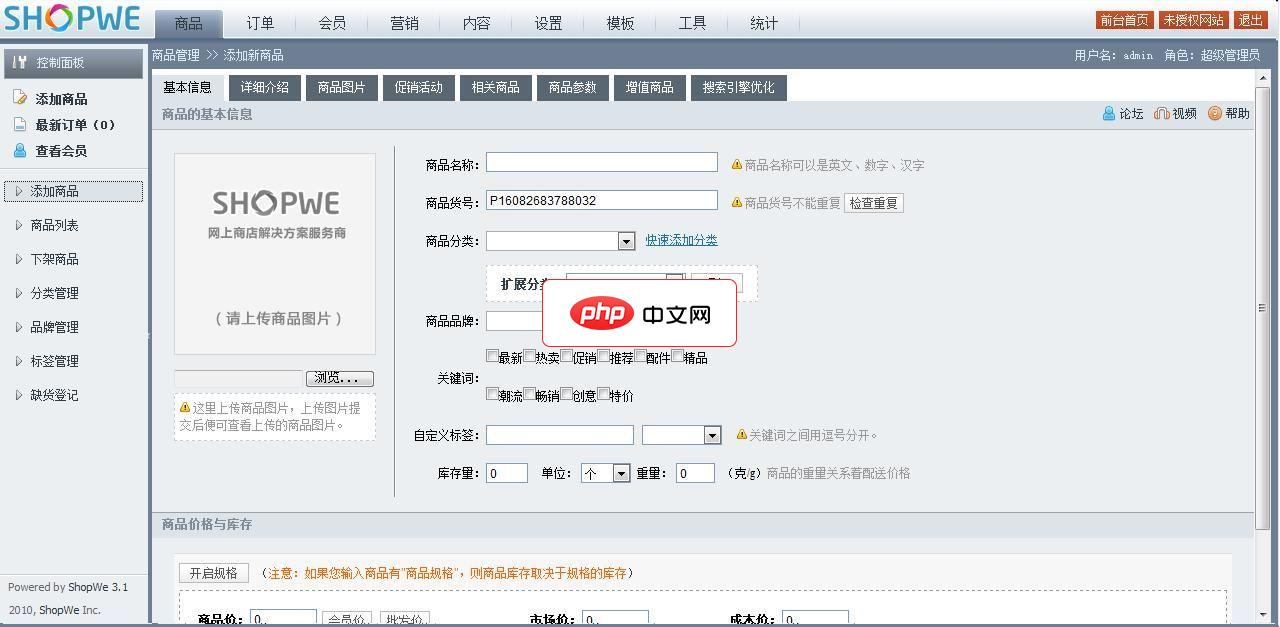
本文深入探讨TypeScript中处理具有互斥可选属性的对象时遇到的“可能为undefined”错误。通过分析传统类型检查的局限性,文章详细阐述了如何利用判别式联合(Discriminated Unions)这一强大特性,构建更安全、更具表现力的类型定义。通过具体的代码示例,演示了判别式联合如何帮助TypeScript编译器在运行时正确推断类型,从而消除不必要的类型错误,提升代码的可维护性和健壮性。
理解TypeScript中“可能为undefined”的挑战
在TypeScript中,当定义一个接口(interface)或类型(type)时,如果某些属性被标记为可选(使用 ?),那么在访问这些属性之前,TypeScript会要求开发者进行空值检查,以避免运行时错误。然而,在某些复杂场景下,即使我们通过 Object.hasOwn() 或 in 运算符检查了属性的存在,TypeScript编译器仍然可能报告“可能为undefined”的错误(TS18048),这常常让初学者感到困惑。
考虑以下示例,我们定义了一个 Shape 接口,它根据 kind 属性的不同,可能包含 radius 或 sideLength:
interface Shape {
kind: "circle" | "square";
radius?: number; // 圆形特有属性,可选
sideLength?: number; // 正方形特有属性,可选
}
function getArea(shape: Shape): number | undefined {
if (shape.kind === "circle" && Object.hasOwn(shape, "radius")) {
// 'shape.radius' is possibly 'undefined'. ts(18048)
return Math.PI * shape.radius**2;
} else if (shape.kind === "square" && "sideLength" in shape) {
// 'shape.sideLength' is possibly 'undefined'. ts(18048)
return shape.sideLength**2;
}
return undefined;
}在这个 getArea 函数中,我们试图根据 shape.kind 的值来计算面积。尽管在访问 shape.radius 或 shape.sideLength 之前,我们都使用了 Object.hasOwn() 或 in 运算符来检查属性是否存在,TypeScript编译器依然发出了“可能为undefined”的错误。
问题根源分析:
Object.hasOwn() 和 in 运算符确实能够确认一个对象是否拥有某个属性。然而,对于TypeScript的类型系统而言,它们只能提供运行时属性存在的证据,却无法改变或细化编译时已确定的类型信息。
在上述 Shape 接口中:
- radius?: number 意味着 radius 属性可能存在,也可能不存在;如果存在,其值可以是 number 类型,也可能是 undefined。
- sideLength?: number 同理。
当 shape.kind === "circle" 时,TypeScript知道 shape 是一个 Shape 类型,并且其 kind 属性是 "circle"。但是,Shape 接口的定义并没有强制要求当 kind 为 "circle" 时,radius 属性 必须 存在且为 number 类型。从类型系统的角度看,一个 kind 为 "circle" 的 Shape 对象,理论上仍然可以不包含 radius 属性,或者 radius 属性的值为 undefined。因此,即使 Object.hasOwn(shape, "radius") 返回 true,TypeScript也无法确定此时 shape.radius 的类型就一定是 number 而非 number | undefined。这种类型与运行时检查之间的信息不对称,导致了编译器的困惑。
解决方案:利用判别式联合(Discriminated Unions)
解决这类问题的最佳实践是使用TypeScript的判别式联合(Discriminated Unions)。判别式联合是一种强大的类型模式,它允许我们定义一个类型,该类型是多个具有共同“判别式”属性的类型之一。通过检查这个判别式属性的值,TypeScript编译器可以智能地推断出当前对象的具体类型,从而安全地访问其特有属性。
要实现判别式联合,我们需要:

1.修正会员卡升级会员级别的判定方式2.修正了订单换货状态用户管理中心订单不显示的问题3.完善后台积分设置数据格式验证方式4.优化前台分页程序5.解决综合模板找回密码提示错误问题6.优化商品支付模块程序7.重写优惠卷代码8.优惠卷使用方式改为1卡1号的方式9.优惠卷支持打印功能10.重新支付模块,所有支付方式支持自动对账11.去掉规格库存显示12.修正部分功能商品价格显示4个0的问题13.全新的支
- 定义一个共同的“判别式”属性(例如 kind),其值在联合的每个成员中都是唯一的字面量类型。
- 将每个可能的“形状”定义为一个独立的接口或类型别名,并确保它们各自包含所有必需的属性,而不是可选属性。
- 将这些独立的类型组合成一个联合类型。
下面是使用判别式联合重构 Shape 类型的示例:
type Shape =
| {
kind: 'circle'; // 判别式属性,值为字面量 'circle'
radius: number; // 圆形特有属性,此处为必需属性
}
| {
kind: 'square'; // 判别式属性,值为字面量 'square'
sideLength: number; // 正方形特有属性,此处为必需属性
};判别式联合的工作原理:
通过上述定义,Shape 类型现在明确表示:一个 Shape 对象要么是 kind 为 'circle' 且 必须 包含 radius: number 的对象,要么是 kind 为 'square' 且 必须 包含 sideLength: number 的对象。
当我们在 getArea 函数中对 shape.kind 进行检查时,TypeScript的类型推断机制会发挥作用:
function getArea(shape: Shape): number { // 返回类型现在可以是 number,因为我们确保了所有路径都会返回数值
if (shape.kind === "circle") {
// 在这里,TypeScript知道 shape 的类型被收窄为 { kind: 'circle'; radius: number; }
// 因此,shape.radius 确定是 number 类型,不再是 undefined。
return Math.PI * shape.radius**2;
} else { // 否则,shape.kind 必然是 "square"
// 在这里,TypeScript知道 shape 的类型被收窄为 { kind: 'square'; sideLength: number; }
// 因此,shape.sideLength 确定是 number 类型,不再是 undefined。
return shape.sideLength**2;
}
}
// 示例使用
const myCircle: Shape = { kind: 'circle', radius: 10 };
const mySquare: Shape = { kind: 'square', sideLength: 5 };
console.log(`圆的面积: ${getArea(myCircle)}`); // 输出:圆的面积: 314.1592653589793
console.log(`正方形的面积: ${getArea(mySquare)}`); // 输出:正方形的面积: 25使用判别式联合后,getArea 函数不再需要 Object.hasOwn() 或 in 运算符来检查属性是否存在。仅仅通过检查 shape.kind 的值,TypeScript就能自动将 shape 的类型收窄到联合中的特定成员,从而允许我们安全地访问 radius 或 sideLength 属性,并且这些属性被保证是 number 类型,而不是 number | undefined。
总结与最佳实践
当处理具有互斥属性的对象,且这些属性的存在与否依赖于另一个“判别式”属性的值时,判别式联合是TypeScript中提供类型安全和良好开发体验的强大工具。
核心要点:
- 明确类型结构: 判别式联合强制您明确定义每种可能情况下的完整类型结构,消除了可选属性带来的歧义。
- 智能类型收窄: TypeScript编译器能够利用判别式属性进行智能的类型收窄,自动推断出当前代码块中对象的精确类型。
- 消除不必要的空值检查: 一旦类型被正确收窄,您无需再手动进行 undefined 检查,代码将更加简洁和安全。
- 提高可读性和可维护性: 明确的类型定义使得代码意图更清晰,降低了未来维护的复杂性。
通过采纳判别式联合模式,开发者可以构建出更加健壮、易于理解和维护的TypeScript应用程序,有效避免“可能为undefined”这类常见的类型错误。





























